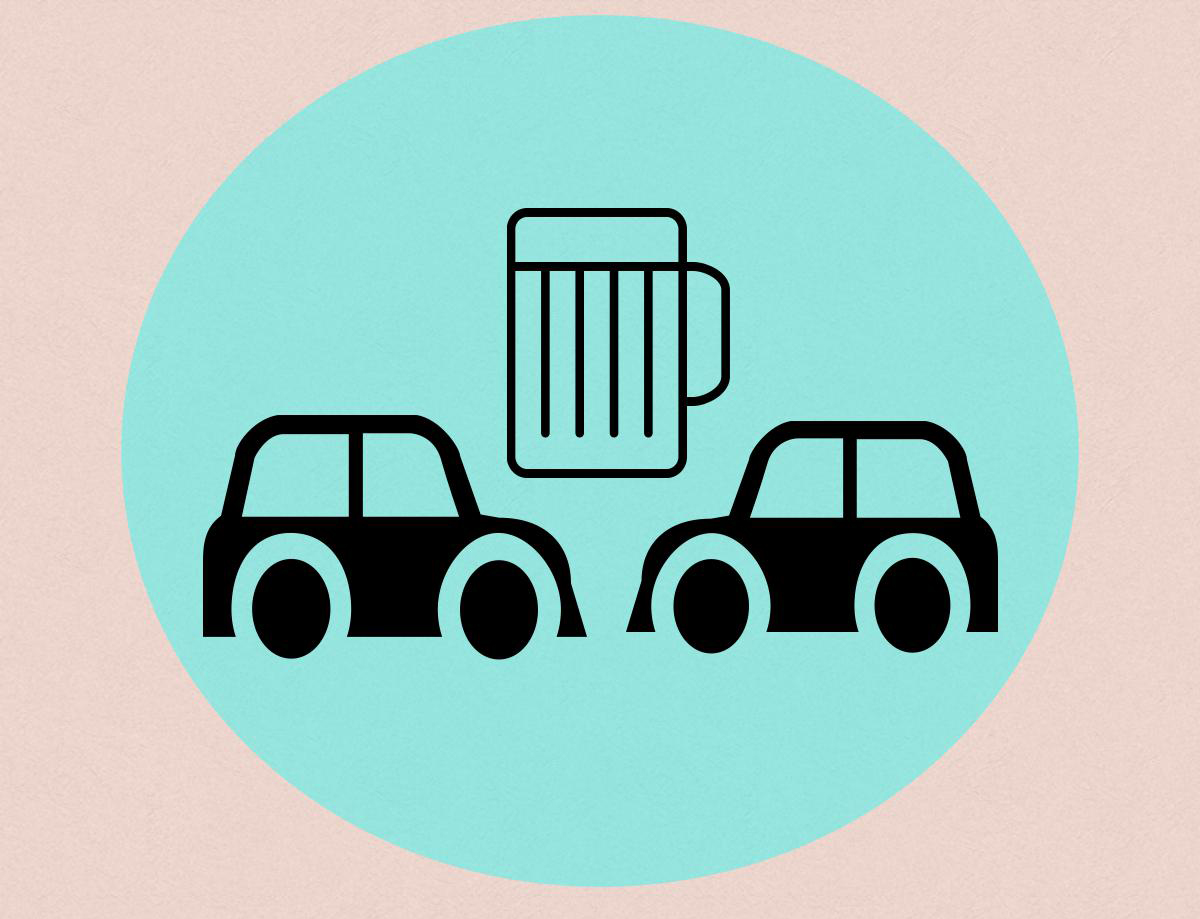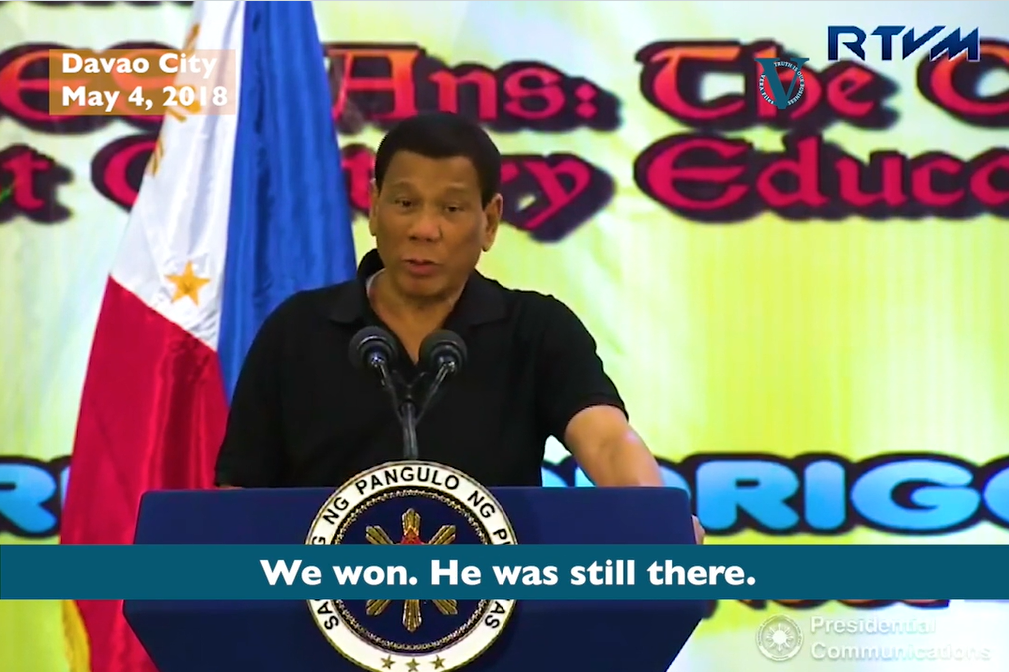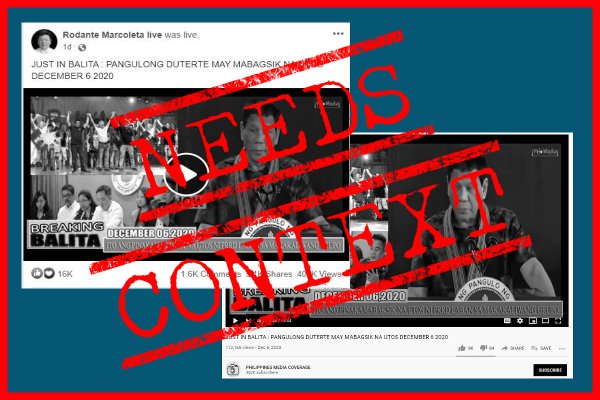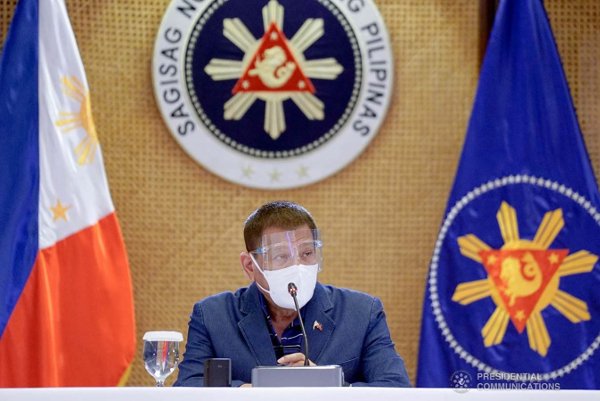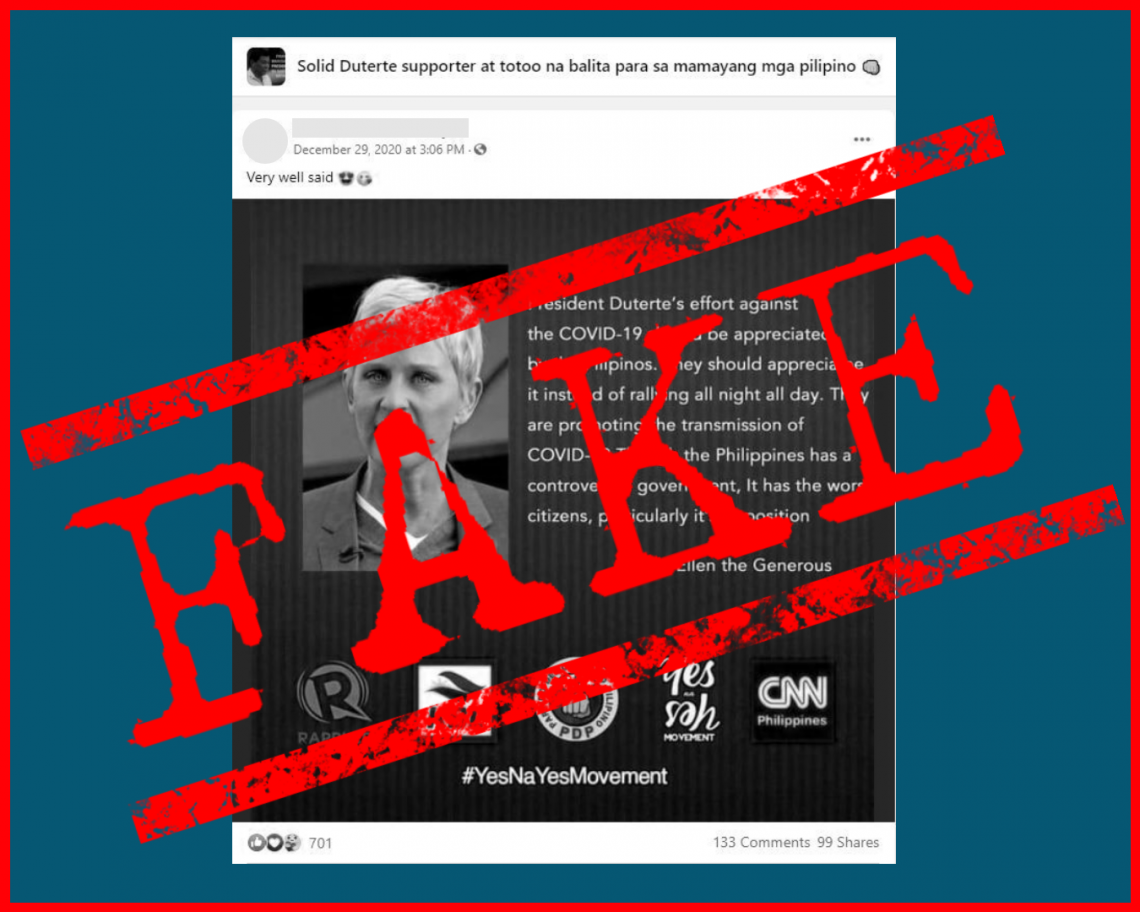By MICHAEL JOE T. DELIZO
RC Rodriguez, 28, is one lucky guy.
He has figured in more than one road crash while driving under the influence of liquor and he is still alive.
Once, after imbibing two bottles of one-liter beer, he was driving at 100 kilometer per hour when his tire blew up and his car hit a post. He survived without any serious physical damage.
Like many drunk drivers, Rodriguez believes it was not his driving that caused him to crash. He says there were times when it was a mechanical error. Or there were times when a spur of the moment decision triggered by something made him feel he wanted to hit a car.
“Yes, I have been under the influence of liquor but I was not intoxicated. I knew I could drive,” he insists, adding that any difficulty that happened “was really an accident.”
If President Duterte would make good his warning to drunk drivers involved in road crashes, Rodriguez would not be so complacent. Or else he would undergo a humiliating experience.
In a news conference after the May 9 elections, Duterte warned: “If I caught you [driving drunk], I would strip you naked on the highway. I would call the media.”
“Do not drink and drive. Once you do that, you’ll know that you might kill a person,” he said.
Duterte said he will also urge Congress to pass a law preventing drunk drivers from seeking probation instead of serving prison time.
The light punishment for drunk driving has been cited as a reason why people like Rodriguez refuse to reform.
Rodriguez was once caught driving drunk when his headlights were “blind.” But he insisted that he was not intoxicated, he simply did not notice the violation.
He gave a traffic enforcer P1,500 and he was allowed to drive on without any ticket.
The Philippines has an Anti-Drunk and Drugged Driving Act of 2013 (Republic Act No. 10586). Section 12 enumerates the penalties for drivers found to have been driving a motor vehicle while under the influence of alcohol, dangerous drugs and/or other similar substances.
Rodriguez could have been jailed for three months and fined P20,000 to P80,000 if the traffic officer had enforced the law.
The penalty goes higher if the offending motorist causes physical injuries (from P100,000 to P200,000) or even homicide (P300,000 to P500,000), along with imprisonment and revocation of license to drive.
Data released by the Metro Manila Accident Recording and Analysis System (MMRAS) shows that in 2015, there were 262 road crashes a day in Metro Manila resulting in 536 deaths.
Of those who died from road crashes, 235 of them were pedestrians, 232 were drivers and 69 were passengers.
Details of drunk drivers’ involvement in the crashes are not available but Myra Nazarrea, project manager of the Metro Manila Development Authority-Global Road Safety Project (MMDA-GRSP), said drunk driving is likely one of the factors.
“If you will analyze, the number of pedestrians killed is higher compared to the drivers and passengers so most likely there is an aspect of drunk driving here,” Nazarrea said.
She admits that there is a need for the strict implementation of the law and clarification of the allowable blood alcohol content (BAC).
For non-professional drivers, BAC should not exceed 0.05 percent. Professional drivers and drivers of public utility vehicles, however, must have no trace for alcohol at all – anything higher than 0 percent is subject to penalty.
Rodriguez, who claims to have a high tolerance of alcohol, laments the standard limit. “It’s up to the person to know if he can drive or not,” he argues.
In its Global Status Report on Road Safety 2015, the World Health Organization (WHO) gave a dismal one out of 10 rating in the enforcement of anti-drunk driving law in the Philippines.
Nazarrea admits that the enforcers’ capability to catch drunk drivers is limited.
“The apprehension can only be done if there is a traffic violation. And if there’s a suspicion [that the motorist is under the influence of alcohol], that’s the only time the apprehending officer would test if there was an indication that the driver was drunk,” she explains.
Nazarrea declined to comment of the President’s warning to strip drunk drivers but she expects many people will oppose shaming offenders.
Rodriguez agrees there is no need to humiliate his kind. The government, he stressed, should intensify an education campaign on the law.
“Not all drunk drivers are impaired,” he says.
The Commission on Human Rights (CHR) urges Duterte to stick to the law and not degrade people.
“We don’t condone those kinds of punishment to violators of the law,” says Banuar Falcon, officer-in-charge of the CHR’s International Obligations Monitoring Division. “We have enough penalties for drunk drivers. Humiliating people is not a way to go about it.”
MMDA Chairman Emerson Carlos said traffic enforcers should have no physical contact with violators and are not allowed to ask drivers to alight from their vehicles while the apprehension is taking place.
This story first came out in The Manila Times, and was produced under the Bloomberg Initiative Global Road Safety Media Fellowship implemented by the World Health Organization, Department of Transportation and Communications and VERA Files. #SafeRoadsPH
